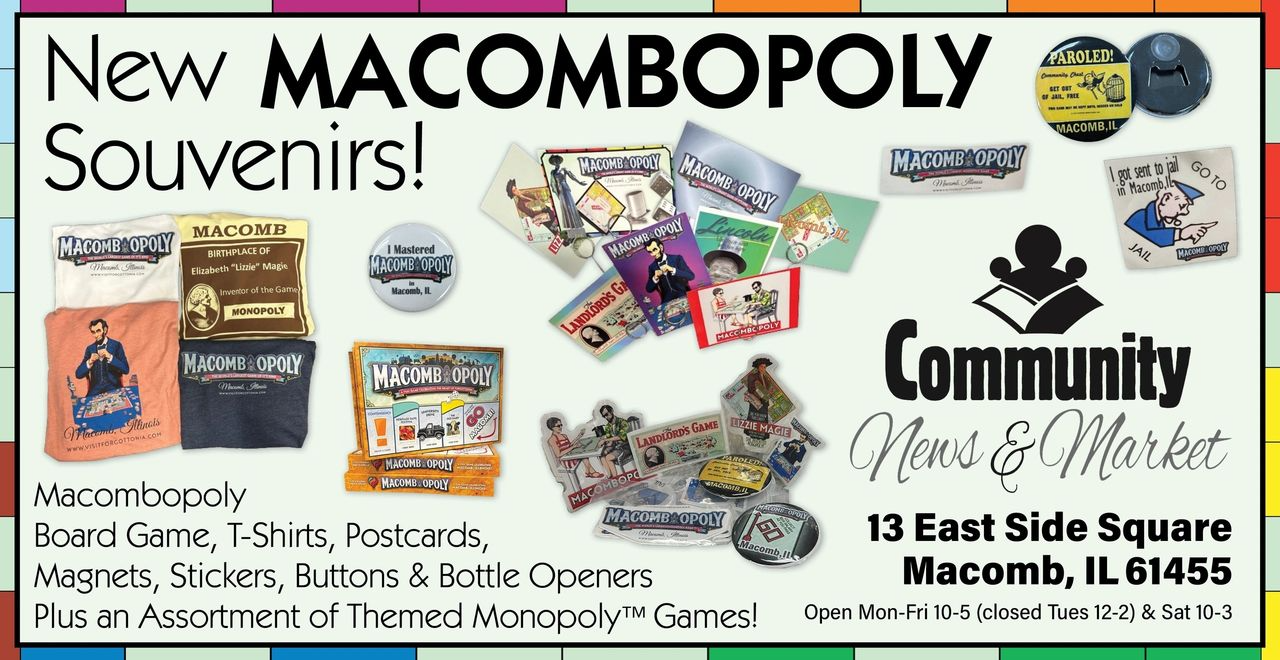Sue Scott became executive director of Western Illinois Museum in August 2008. She credits having a variety of jobs during her life with providing the skills necessary for her position.
“My background is in fine arts,” Scott said.
“From that experience, I learned how to put on exhibits. I taught, so that helps me with educational programming. I waited tables. That helps me with my event planning. I worked for a nonprofit and I learned about nonprofit management, and board building and volunteers. That experience was a really good building ground for running a small nonprofit.” Her path to Macomb began in her hometown of Lemont, Illinois, followed by time in New York before she joined family members in west-central Illinois. Scott’s sister and brother-in-law first moved to Macomb, and then her parents followed. After visiting her family for holidays, she knew it was the place for her too.
When Scott arrived in Macomb, art history was still her main interest, but she quickly turned her focus to learning about and sharing the area’s past.
“I was galvanized around the idea of how arts and humanities have a vital role in the quality of life of an individual and a community,” she said. “The humanities in particular is this big tent where we learn how to be civic-minded and answer the questions of life and philosophy. Macomb is a welcoming, willing and eager audience.”
In 2022, Scott received a Public Humanities Award, which recognizes people who have made an impact on the State of Illinois through their work and support of the humanities.
Of all the museums Scott has visited, her favorite is one that she estimates is smaller than Western Illinois Museum. The Anacostia Museum, named after a neighborhood in Washington, D.C., is part of the Smithsonian Institution, the world’s largest museum, education and research complex.
“The Anacostia Museum tells the history of their neighborhood, which is why I’m attracted to it,” Scott said “It reflects so beautifully the community that exists and serves. I love the way it’s laid out, the way it directs the viewer through history. They don’t believe the building is the place where you encounter history.
They do all kinds of community things. I look to them for ideas.”
With artistic flair, Scott maintains Western Illinois Museum’s website and Facebook page, updating both frequently. She likes producing informational and entertaining video updates, preferring to record them when no one is looking before posting them for the world to see.








